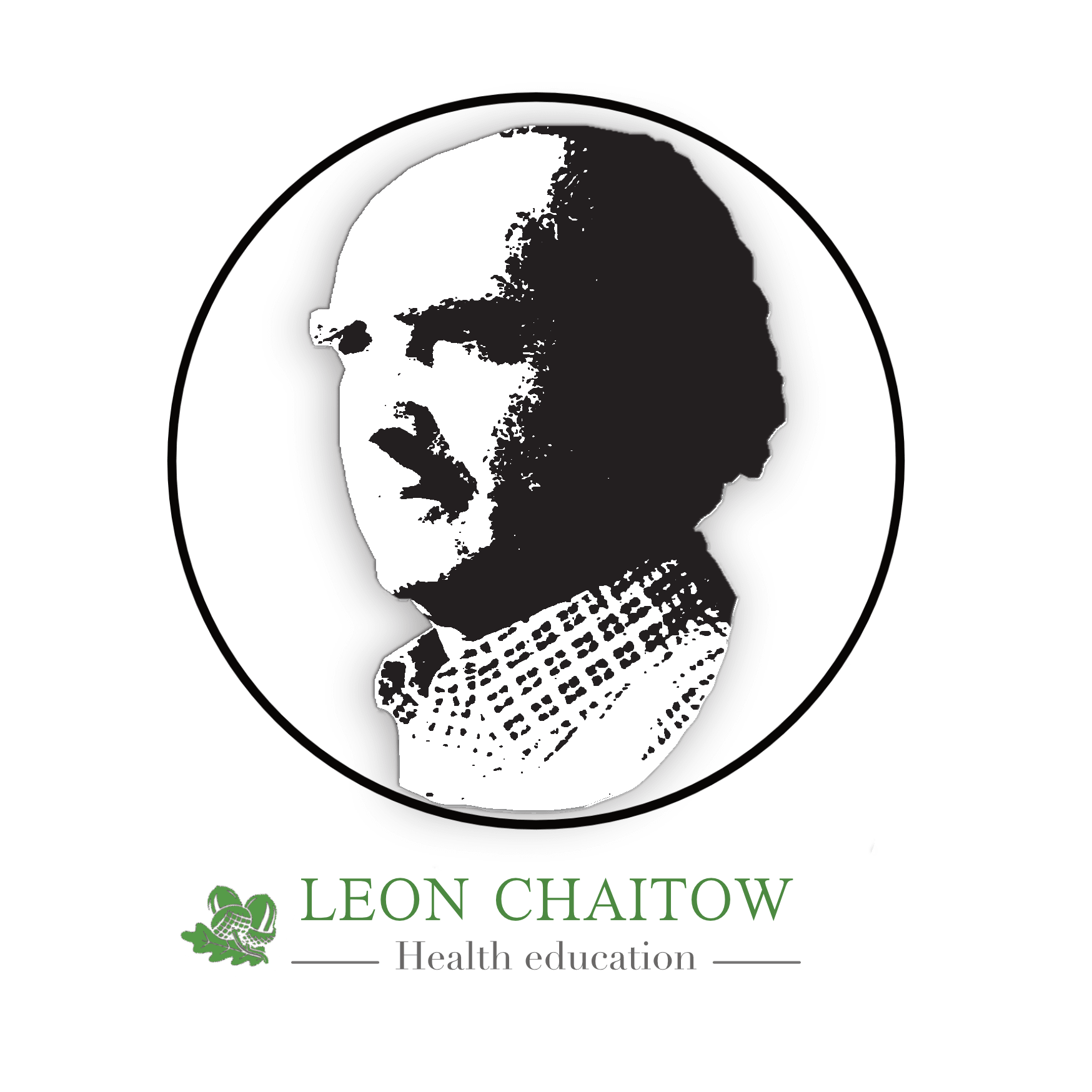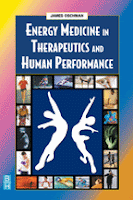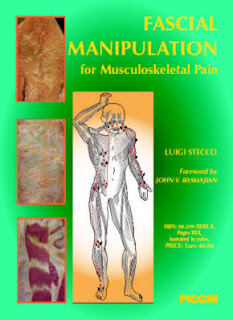One of the more rewarding aspects of editing The Journal of Bodywork & Movement Therapies has been the opportunity it has given to meet new concepts early on.
Back in 1995 Elsevier first agreed to my suggestion to publish this journal – which had (and still has) as its guiding principle, the provision of readable, clinically useful, practical articles.
Now a new journal doesn’t have the luxury of an established one (regular submissions for publication) – and so we were obliged to solicit material in order to gather a readership, a reputation.
It was in this way that in the first few years of JBMT’s existence we were fortunate enough to receive invited contributed papers from a number of brilliant individuals, some of whom have gone on to become virtual super-stars in the manual therapy, health care, professions.
For example Tom Myers contributed a series of articles in which he laid out his fascial continuity concepts, and these turned into his massively successful ‘Anatomy Trains‘ – a book that has changed thinking on how the body functions.
Another early author was Jim Oschman, who brought to JBMT his collected-research based thoughts, on subtle energy. Jim’s subsequent books on energy medicine were based on these journal articles.
And over the years (we’re now in volume 13) numerous other innovative ideas and approaches have been exposed via this wonderful peer-reviewed publication – which was accepted for MedLine indexing just 6 months ago.
Last year JBMT/Elsevier co-sponsored the 1st Fascia Research Congress in Boston, and we are doing so again for the upcoming (October 2009) 2nd Congress in Amsterdam.
As a result JBMT was inundated with a wide range of papers on that theme, both pure science studies, as well as clinical applications of a variety of approaches to restoration of fascial/ biomechanical function.
Among these papers were several that described the work of the Stecco group from Italy – whose Fascial Manipulation® approach was new to me, although it has apparently been taught and used around Europe for some years.
At its most basic this fascial manipulation adresses:
- The connections of the fascia with muscles, bones, articulations and nerves (anatomy of the fascia) – based on thousands of dissections, images of which are graphically presented in their writings
- Evidence of the coordinating function of the fascia with regards to all components of the locomotor apparatus (i.e the physiology of the fascia),
- Ways to manipulate densified or condensed fascia in order to restore it to its physiological state (treatment of the fascia).
I believe their work is innovative – and very practical, and predict it will become an exciting area of study for those seeking to build on Tom Myers brilliant insights.
Visitors to this blog posting, who are subscribers to JBMT, will have the pleasure of reading a number of the Stecco articles in the current volume – and I promise more in the future, as well as numerous of the most exciting paers and abstracts from the 2nd Congress.



